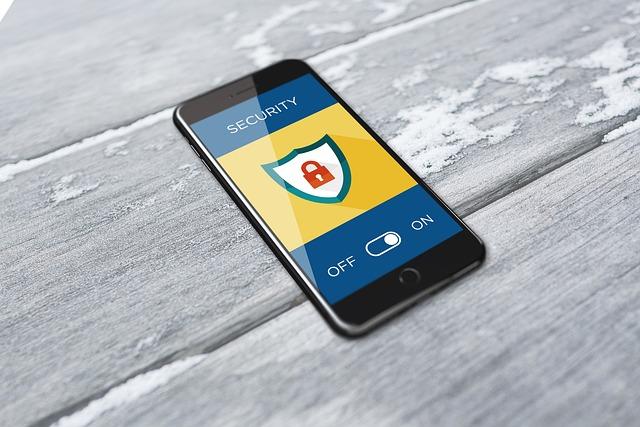Growing Threat
As a concerning method of gaining control over iPhone users' devices gains traction, thieves exploit a security setting called the recovery key, leaving victims locked out and vulnerable.
Complex Takeover Tactics
Perpetrators employ elaborate tactics, including watching users enter passcodes in public spaces or manipulating them to share the code. Once in possession of the device, thieves can alter the Apple ID, disable "Find my iPhone," and reset the intricate 28-digit recovery key.
Apple's Response
Apple acknowledges the severity of such attacks, emphasizing their commitment to user security. However, concerns arise about the effectiveness of the current recovery system.
Users' Role in Protection
Protect the Passcode:
To mitigate risks, users should employ Face ID or Touch ID in public and opt for longer, alphanumeric passcodes. Immediate passcode changes are recommended if there's a suspicion of compromise.
Screen Time Settings:
Although not officially endorsed, a workaround involves setting up a secondary password in Screen Time settings. This adds an extra layer of security by prompting for the secondary password before changing the Apple ID.
Regular Backups:
Frequent iCloud or iTunes backups ensure data recovery in case of theft. Additionally, storing important files in alternative cloud services like Google Photos or Dropbox can minimize potential fallout.
The Call for Enhanced Measures
Experts suggest Apple should provide additional customer support options and authentication methods for users to regain control of their devices and settings.
While Apple continues to investigate and enhance security measures, users can take these proactive steps to safeguard their iPhones from unauthorized access and potential data breaches.



